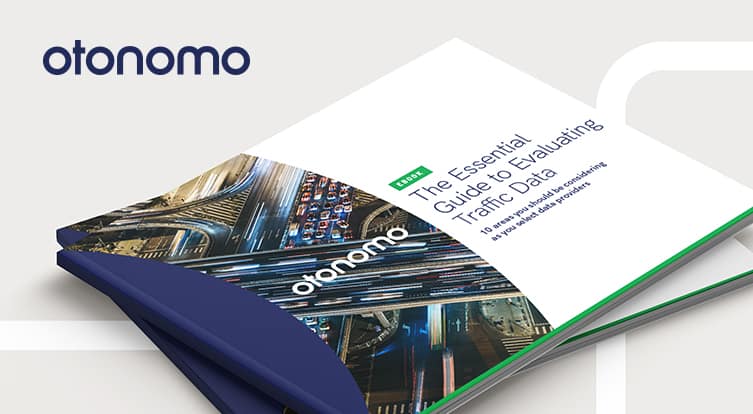At Otonomo, we engage with a wide variety of companies that are evaluating aggregate traffic data to power apps and online services or to improve insights about movement in a geographic area. These companies work on complex problems like traffic management, mapping and navigation, safety and emergency management, urban planning for smart cities, and location intelligence, among other things. Today’s developers may have access to a number of different potential traffic data sources, each with their own advantages and disadvantages. It’s not always a simple process to decide where to start or determine which data sources are best for your use case.
The Otonomo team fields a lot of common questions from our ecosystem partners as they work through their decision processes. And we have seen that how data is collected, aggregated, structured, and refreshed affects the ease of integrating it into applications and putting it to good use. So, our team decided to assemble the collective knowledge of our team in a new eBook, The Essential Guide to Evaluating Traffic Data.
Our new eBook digs into 10 distinct aspects of traffic data, with:
- Commentary on why each one is important
- Some examples of the impact on real-world use cases
- Questions you can ask potential data providers
The 10 areas we address include:
- Data density
- Data consistency
- Data latency
- Data frequency
- Historical data
- Data richness
- Data granularity
- Data access/ integration
- Data cleansing and noise reduction
- Regulatory compliance
If you use aggregate data for your app, I think you’ll gain some new perspective by reading the eBook; I certainly did! OEMs will also find it to be an interesting read.
Our marketing team is always working to make our content more useful and to expand the dialogue around connected cars. If you have feedback on the eBook, please be sure to contact us!







